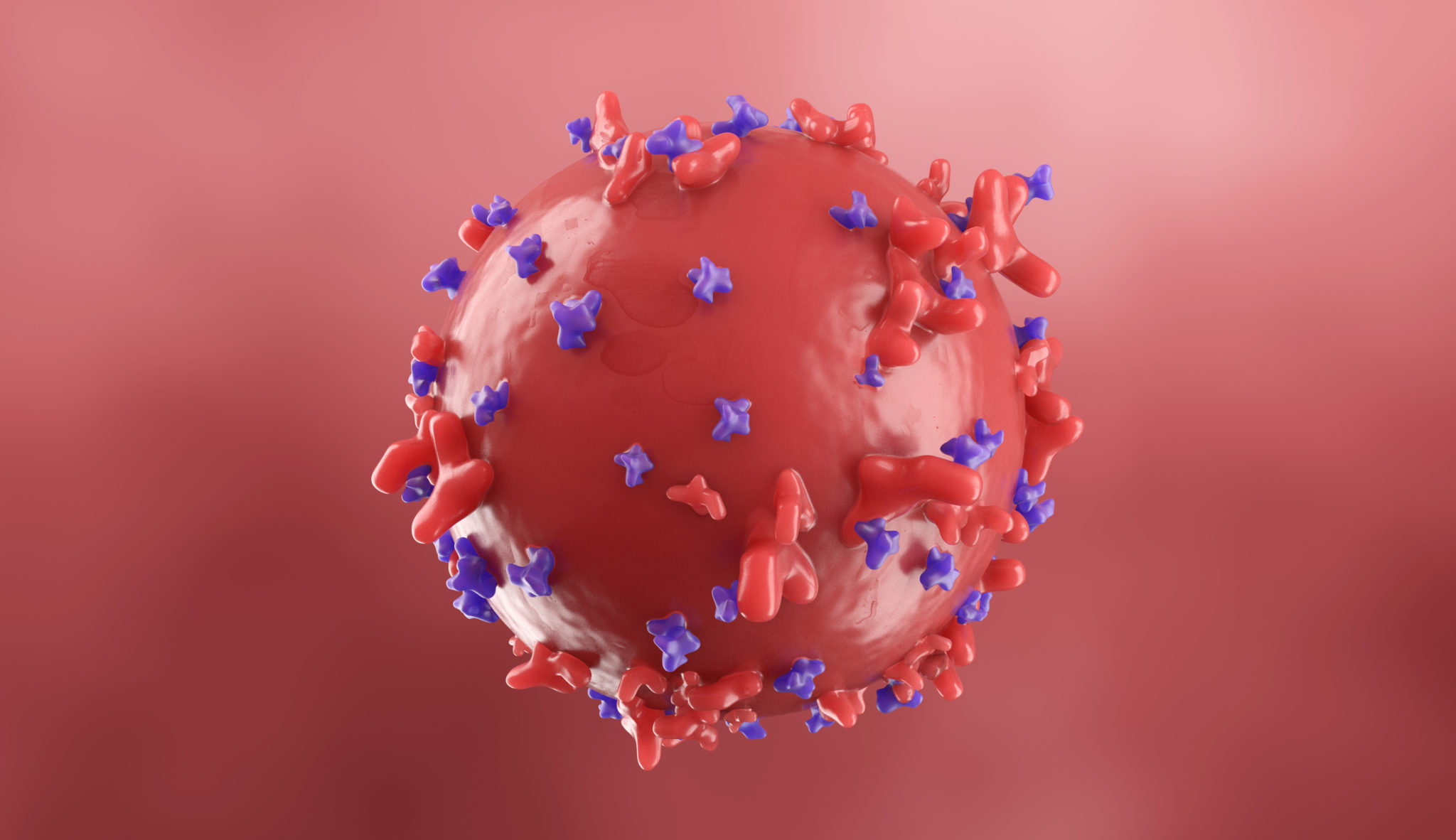What Receptors Do T Cells Have?
Updated on May 19, 2025 Share
T Cell Receptors
T Cell Receptors (TCRs) are protein complexes found on the surface of T cells or T lymphocytes responsible for recognizing antigens on foreign substances. Without TCRs, the immune system would not be able to successfully identify and fight infectious disease.
Structure of TCRs
T cell receptors are members of the immunoglobulin family; a large group of proteins responsible for binding to and recognizing antibodies. Within the chains of TCRs are complementarity-determining regions (CDRs) which are responsible for choosing the antigens the TCR will bind to.
TCRs typically contain both an alpha and a beta chain. They develop in the thymus, where they recombine their DNA to form additional TCRs. If this process is successful, the cells will rearrange their alpha chain DNA to create functioning alpha-beta TCRs. T Cells with functioning and stable TCRs which possess the CD8+ receptors are able to undergo positive or negative selection:
- Positive selection – which allows the T cells to bind to foreign antigens
- Negative selection – T cells may bind too strongly which can lead to autoimmunity
Different types of T cells can also have gamma and delta receptors chains. This combination is less common and results in CD3+ cells, which activate CD4+ and CD8+ cells. There is also a difference in the markers of self-antigens vs. non-self antigens.
Function of TCRs
When a virus successfully attaches to a cell, the defense system of the T cell presents itself to kill that infected cell. The substance must first enter the body through infection. Once inside the bloodstream, it’s able to attach to the cells, causing the virus to take root.
T Cell receptors have the ability to bind to foreign protein fragments attached on the surface of body cells. This allows them to mature into a variety of cells that play a crucial role in the immune response. Carefully attacking the cells infected by the virus without attacking healthy cells.
Two types of mature T cells which are part of the processes include cytotoxic T cells and helper T cells:
- Cytotoxic T cells destroy cells that are a threat to the body including cancer cells, viruses, and other bacteria
- Helper T cells activate other cells and signal them to the necessary site
Activation of TCRs
T cells develop working TCRs when they bind to MHC molecules. For this to occur, the CD4 or CD8 co-receptors must signal the reaction to bind. If a T cell is capable of binding to a peptide chain in the thymus, then it’s released into the peripheral lymphoid organs. If the naïve T cells does not come in contact with the activation antigens it will not be able to multiply, making it useless.
Try Akadeum Technology Today
Akadeum’s buoyancy-activated cell sorting technology uses microbubbles to capture target cells, including T cells. After cell separation, enriched samples can be used to perform various testing and analysis. Check out our product line today for the best fit for your project.




